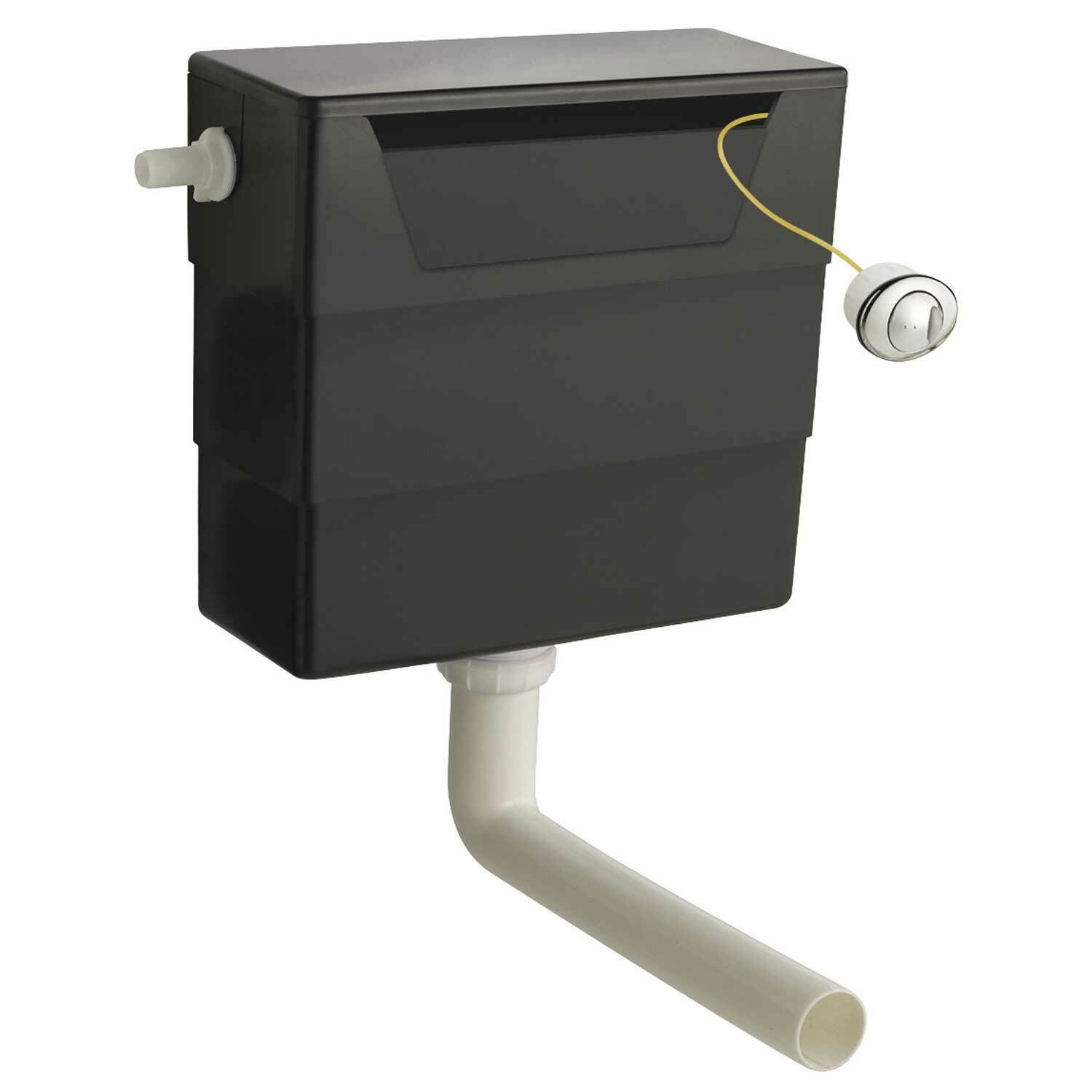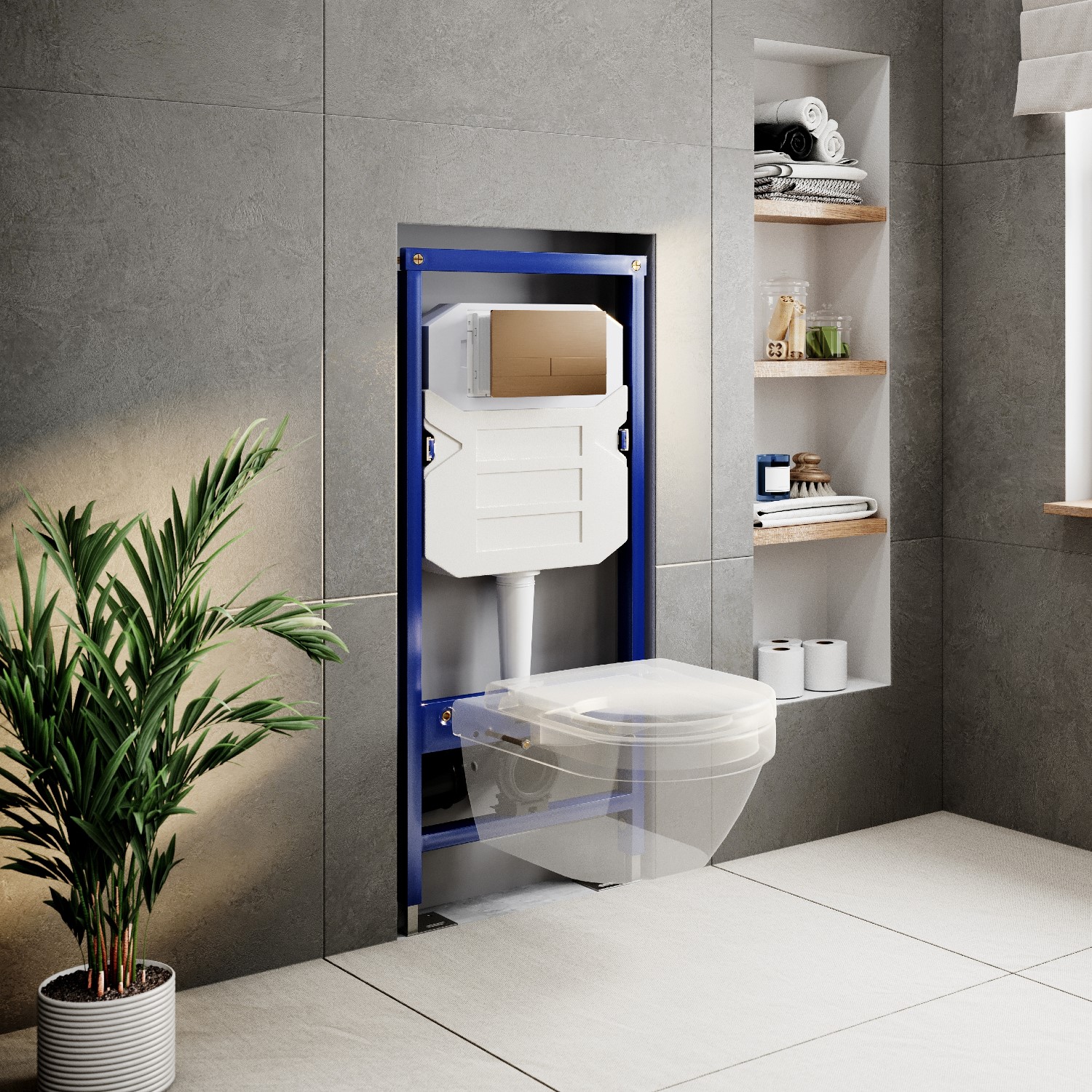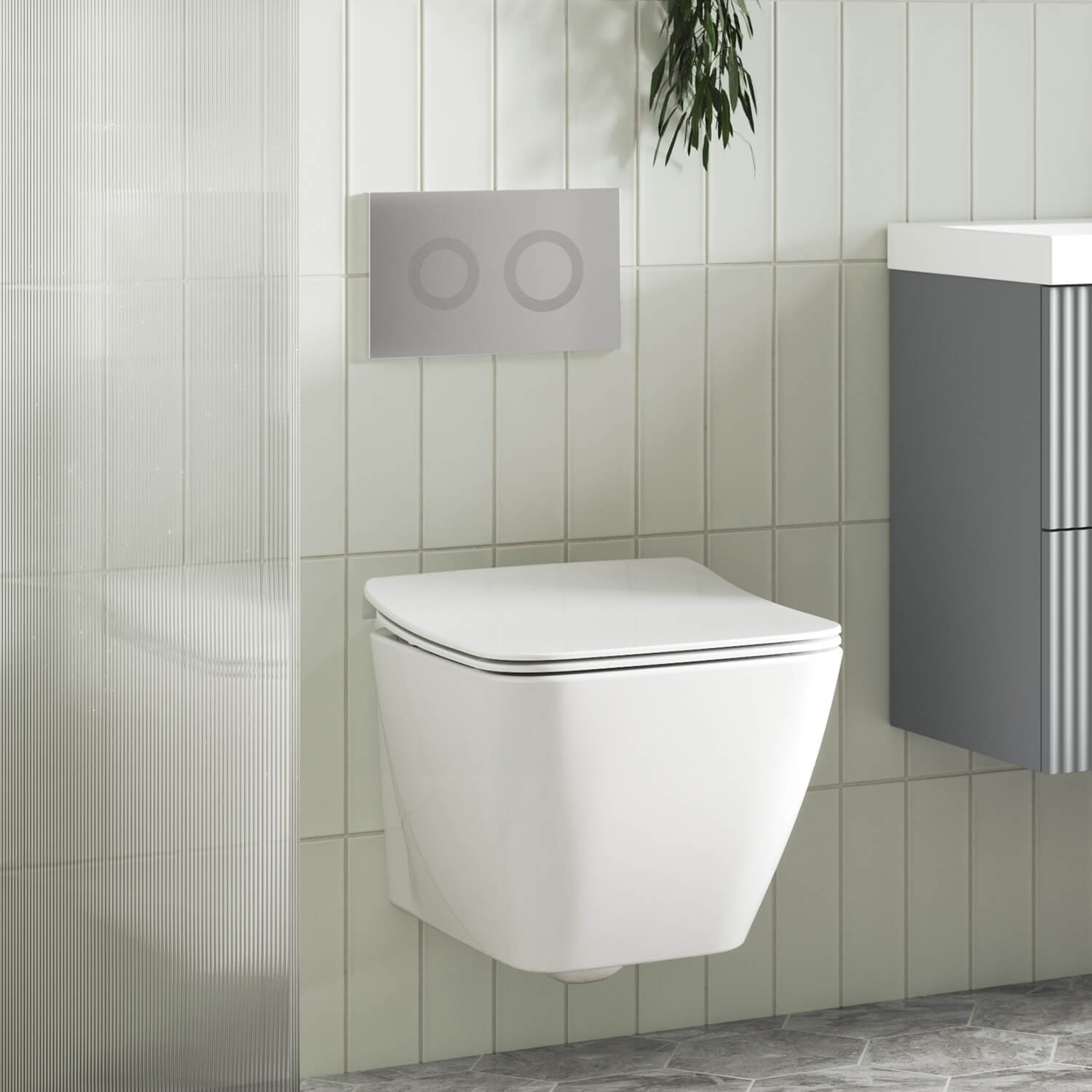Understanding Concealed Toilet Cisterns

Concealed toilet cisterns, also known as in-wall cisterns, have become increasingly popular in modern bathroom designs. They offer a sleek and minimalist aesthetic, creating a clean and uncluttered look. Compared to traditional exposed cisterns, concealed cisterns provide several advantages, making them a preferred choice for many homeowners.
Benefits of Concealed Toilet Cisterns
Concealed toilet cisterns offer numerous advantages over traditional exposed cisterns, enhancing both the aesthetics and functionality of your bathroom. Here are some key benefits:
- Enhanced Aesthetics: Concealed cisterns create a sleek and minimalist look, eliminating the bulky appearance of traditional exposed cisterns. This results in a more spacious and modern bathroom design.
- Improved Hygiene: The hidden cistern prevents dust and grime accumulation, promoting better hygiene and reducing the need for frequent cleaning.
- Increased Space: By concealing the cistern within the wall, you gain valuable floor space, making your bathroom feel more spacious and less cluttered.
- Reduced Noise: Concealed cisterns are typically quieter than exposed cisterns, as the water filling mechanism is hidden within the wall.
- Versatile Installation: Concealed cisterns can be installed in various configurations, including in-wall, back-to-wall, and wall-hung, offering flexibility in bathroom design.
Types of Concealed Cistern Systems
There are various types of concealed cistern systems available, each with its unique features and benefits. Understanding these options can help you choose the best system for your bathroom needs.
- In-Wall Cisterns: These cisterns are completely hidden within the wall, offering a truly seamless and minimalist aesthetic. They are typically installed during construction or renovation, as they require a cavity within the wall for installation. In-wall cisterns are known for their sleek appearance and space-saving benefits.
- Back-to-Wall Cisterns: Back-to-wall cisterns are partially concealed behind the wall, with the toilet pan protruding outwards. This type of cistern is suitable for both new and existing bathrooms, as it does not require a dedicated cavity within the wall. Back-to-wall cisterns offer a balance between aesthetics and practicality.
- Wall-Hung Cisterns: Wall-hung cisterns are a unique type of concealed cistern that is mounted to the wall, with the toilet pan suspended beneath it. This design creates a floating effect, enhancing the minimalist aesthetic and providing easy access for cleaning underneath the toilet. Wall-hung cisterns require a strong wall structure for support and may require additional installation considerations.
Installation Process of Concealed Cisterns
Installing a concealed cistern requires careful planning and execution. Here are some key steps involved in the installation process:
- Planning: Before starting the installation, it’s crucial to plan the location and configuration of the cistern, ensuring it aligns with your bathroom design and meets plumbing requirements. Consider factors such as wall thickness, pipe accessibility, and desired aesthetics.
- Framing: For in-wall cisterns, a dedicated cavity within the wall needs to be framed using appropriate materials, such as wood or metal studs. The framing must be sturdy and secure to support the weight of the cistern and the toilet.
- Plumbing Connections: The concealed cistern needs to be connected to the water supply and drainage system. This involves installing pipes and fittings, ensuring they are properly sealed and secured to prevent leaks.
- Cistern Installation: Once the framing and plumbing are in place, the concealed cistern can be installed within the cavity. The cistern should be secured to the framing and connected to the water supply and drainage system.
- Toilet Installation: After the cistern is installed, the toilet pan can be mounted to the wall or floor, depending on the chosen system. Ensure the toilet is securely fixed and properly aligned with the cistern.
- Testing and Finishing: Once the installation is complete, it’s essential to test the system for leaks and functionality. The final step involves finishing the installation, including tiling or wall cladding around the cistern to create a seamless look.
Design Considerations for Concealed Cisterns

Concealed cisterns offer a sleek and modern aesthetic, seamlessly blending into your bathroom design. They’re not just about looks, though. Their design impacts space optimization and the overall feel of your bathroom. Let’s delve into how these considerations play a role in choosing the right concealed cistern.
Aesthetic Appeal and Design Options
Concealed cisterns come in a variety of designs to suit different bathroom styles. Here are some examples:
- Square or Rectangular Cisterns: These offer a clean, minimalist look that complements modern bathrooms.
- Rounded Cisterns: These create a softer, more traditional feel, often seen in classic or vintage bathrooms.
- Wall-Mounted Cisterns: These are often slim and sleek, maximizing space and providing a contemporary feel.
- Cisterns with Integrated Shelves: This design adds functionality, allowing you to store toiletries or decorative items, adding a touch of practicality.
Impact on Bathroom Space Optimization and Layout
Concealed cisterns significantly enhance bathroom space optimization. They eliminate the bulky, traditional cistern, freeing up valuable floor space and creating a more spacious and uncluttered environment. This allows for more flexible bathroom layouts, particularly in smaller spaces.
Choosing the Right Size and Style
The size and style of your concealed cistern should complement the overall bathroom design and size.
- Small Bathrooms: Opt for a compact, wall-mounted cistern to maximize floor space and create a sense of openness.
- Large Bathrooms: You have more flexibility to choose from a wider range of sizes and styles. Consider a larger cistern with integrated shelves to enhance storage and create a statement piece.
- Modern Bathrooms: Choose a sleek, minimalist design like a square or rectangular cistern, or a wall-mounted model.
- Traditional Bathrooms: Opt for a rounded cistern or one with decorative details to complement the classic aesthetic.
Functionality and Maintenance of Concealed Cisterns: Bathroom Concealed Toilet Cisterns

Concealed cisterns are designed for a sleek and modern bathroom aesthetic, but their functionality and maintenance are just as important as their appearance. Understanding how they operate and how to maintain them ensures a long lifespan and optimal performance.
Operation of Concealed Cisterns
Concealed cisterns operate similarly to traditional cisterns, but with the added benefit of being hidden from view. The flushing mechanism is usually activated by a button or lever on the toilet bowl, which triggers a valve to release water from the cistern into the bowl. The water level in the cistern is regulated by a float mechanism, which ensures the cistern refills to the correct level after each flush.
Water Saving Features, Bathroom concealed toilet cisterns
Modern concealed cisterns often incorporate water-saving features like dual flush mechanisms. These mechanisms allow users to choose between a full flush for solid waste and a half flush for liquid waste, significantly reducing water consumption. Some models also feature adjustable flush volumes, allowing users to fine-tune the water usage according to their needs.
Common Maintenance Issues
While concealed cisterns are generally reliable, they can experience common maintenance issues. One common issue is a leaky cistern, which can be caused by a faulty valve or a worn-out seal. Another issue is a weak flush, which can be due to a clogged valve or a low water pressure.
Troubleshooting Maintenance Issues
Troubleshooting maintenance issues with concealed cisterns often involves checking the water pressure, inspecting the valves, and ensuring the float mechanism is working correctly. If a leak is detected, it’s important to identify the source of the leak and replace any faulty components.
Cleaning and Maintenance
Regular cleaning and maintenance are essential for ensuring the optimal performance of concealed cisterns.
- The cistern should be cleaned periodically to remove any mineral deposits or debris that can affect its operation.
- The flushing mechanism should be inspected and cleaned regularly to ensure it is working properly.
- The float mechanism should be checked to ensure it is moving freely and maintaining the correct water level.
